TensorFlowDQN报错:collect_policy形状不匹配解决方法
时间:2025-07-07 13:06:30 424浏览 收藏
编程并不是一个机械性的工作,而是需要有思考,有创新的工作,语法是固定的,但解决问题的思路则是依靠人的思维,这就需要我们坚持学习和更新自己的知识。今天golang学习网就整理分享《TensorFlow DQN 报错解决:collect\_policy 形状不匹配》,文章讲解的知识点主要包括,如果你对文章方面的知识点感兴趣,就不要错过golang学习网,在这可以对大家的知识积累有所帮助,助力开发能力的提升。
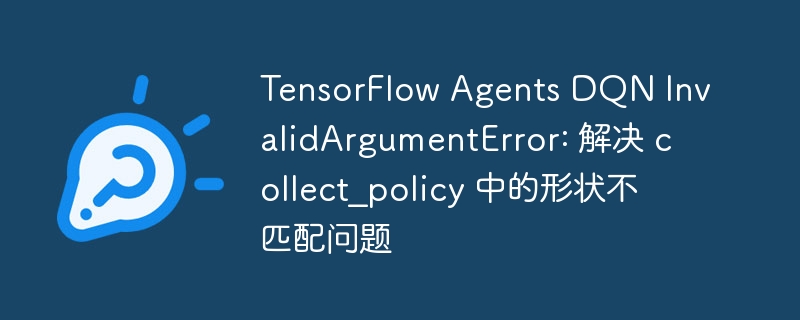
理解 tf_agents 中的数据结构:TimeStepSpec 与 TimeStep
在 tf_agents 中,TimeStepSpec 和 TimeStep 是定义环境交互数据的核心结构。
- TimeStepSpec:这是一个规范(specification),它定义了单个时间步中每个组件(如 step_type、reward、discount、observation)的预期数据类型(dtype)和形状(shape)。这里的 shape 指的是单个时间步中该组件的形状,不包含批处理维度。
- TimeStep:这是实际的数据容器,它包含了当前时间步的真实张量值。在 tf_agents 中,TimeStep 通常是批处理的,这意味着每个组件的张量都会有一个额外的最外层维度,表示批处理大小(batch_size)。
理解 spec.shape(单个元素形状)与 tensor.shape(批处理张量形状)之间的区别至关重要。如果 spec.shape 是 S,且批处理大小为 B,那么对应的实际张量形状应该是 (B,) + S。
错误根源:标量形状的误解
InvalidArgumentError: 'then' and 'else' must have the same size. but received: [1] vs. [] 这个错误通常发生在策略内部,特别是 epsilon_greedy_policy 等探索性策略中,它们会使用 tf.where 等条件语句来选择贪婪动作或随机动作。当 tf.where(condition, x, y) 被调用时,x 和 y 必须能够广播到 condition 的形状。如果 x 和 y 的形状不一致,就会触发此错误。
导致此问题的常见误区在于对 TimeStepSpec 中标量组件的形状定义。考虑以下原始的 TimeStepSpec 定义片段:
time_step_spec = TimeStep(
step_type = tensor_spec.BoundedTensorSpec(shape=(1,), dtype=tf.int32, minimum=0, maximum=2),
reward = tensor_spec.TensorSpec(shape=(1,), dtype=tf.float32),
discount = tensor_spec.TensorSpec(shape=(1,), dtype=tf.float32),
observation = tensor_spec.TensorSpec(shape=(1,amountMachines), dtype=tf.int32)
)以及对应的 TimeStep 数据创建片段(假设 batch_size = 1):
time_step = TimeStep(
step_type=tf.convert_to_tensor([step_type_value], dtype=tf.int32), # 结果形状 (1,)
reward=tf.convert_to_tensor([reward_value], dtype=tf.float32), # 结果形状 (1,)
discount=tf.convert_to_tensor([discount_value], dtype=tf.float32), # 结果形状 (1,)
observation=current_state_batch # 结果形状 (1, amountMachines)
)乍一看,time_step_spec 中 shape=(1,) 与 time_step 中 tf.convert_to_tensor([value]) 产生的 (1,) 形状似乎是匹配的。然而,这里的关键在于 tf_agents 对 TimeStepSpec 中 shape 的解释:
- 如果一个组件(如 reward)在单个时间步中是一个标量值,那么其 TimeStepSpec 中的 shape 应该定义为 ()(空元组),表示一个零维张量。
- 当实际创建 TimeStep 张量时,如果 batch_size 为 1,则一个标量值需要被包装成 [value],这会创建一个形状为 (1,) 的一维张量。这个 (1,) 形状是 (batch_size,) + spec.shape 的结果,其中 batch_size=1 且 spec.shape=()。
因此,当 TimeStepSpec 中将标量定义为 shape=(1,) 时,tf_agents 内部会期望每个批处理元素都是一个形状为 (1,) 的张量。但实际传入的 tf.convert_to_tensor([value]) 产生的 (1,) 形状,在某些内部操作(如 tf.where)中,可能会与预期产生混淆,导致一个分支得到 (1,) 而另一个得到 () 的动作张量,从而引发 InvalidArgumentError。
解决方案:修正 TimeStepSpec 中的标量形状
解决此问题的关键是确保 TimeStepSpec 正确反映每个组件在单个时间步内的实际维度。对于像 step_type、reward 和 discount 这样的标量值,它们的 shape 应该定义为 ()。
正确的 TimeStepSpec 定义:
import tensorflow as tf
from tf_agents.trajectories import time_step as ts
from tf_agents.specs import tensor_spec
from tf_agents.agents.dqn import dqn_agent
from tf_agents.utils import common
# 假设 amountMachines 已定义,例如 amountMachines = 6
amountMachines = 6
learning_rate = 1e-3
train_step_counter = tf.Variable(0) # 示例
# 修正后的 time_step_spec
time_step_spec = ts.TimeStep(
step_type = tensor_spec.BoundedTensorSpec(shape=(), dtype=tf.int32, minimum=0, maximum=2), # 修正:shape=()
reward = tensor_spec.TensorSpec(shape=(), dtype=tf.float32), # 修正:shape=()
discount = tensor_spec.TensorSpec(shape=(), dtype=tf.float32), # 修正:shape=()
observation = tensor_spec.TensorSpec(shape=(amountMachines,), dtype=tf.int32) # 修正:shape=(amountMachines,)
)
num_possible_actions = 729
action_spec = tensor_spec.BoundedTensorSpec(
shape=(), dtype=tf.int32, minimum=0, maximum=num_possible_actions - 1)
# 假设理论要掌握,实操不能落!以上关于《TensorFlowDQN报错:collect_policy形状不匹配解决方法》的详细介绍,大家都掌握了吧!如果想要继续提升自己的能力,那么就来关注golang学习网公众号吧!
-
501 收藏
-
501 收藏
-
501 收藏
-
501 收藏
-
501 收藏
-
130 收藏
-
224 收藏
-
409 收藏
-
402 收藏
-
206 收藏
-
382 收藏
-
201 收藏
-
272 收藏
-
265 收藏
-
106 收藏
-
227 收藏
-
168 收藏
-
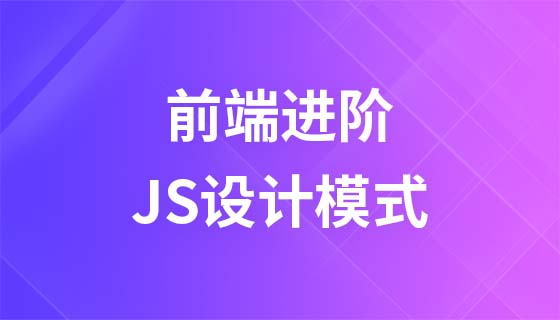
- 前端进阶之JavaScript设计模式
- 设计模式是开发人员在软件开发过程中面临一般问题时的解决方案,代表了最佳的实践。本课程的主打内容包括JS常见设计模式以及具体应用场景,打造一站式知识长龙服务,适合有JS基础的同学学习。
- 立即学习 543次学习
-
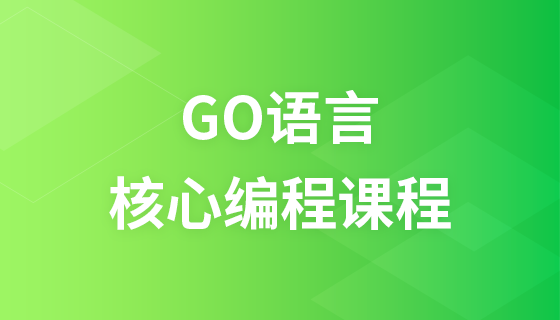
- GO语言核心编程课程
- 本课程采用真实案例,全面具体可落地,从理论到实践,一步一步将GO核心编程技术、编程思想、底层实现融会贯通,使学习者贴近时代脉搏,做IT互联网时代的弄潮儿。
- 立即学习 516次学习
-
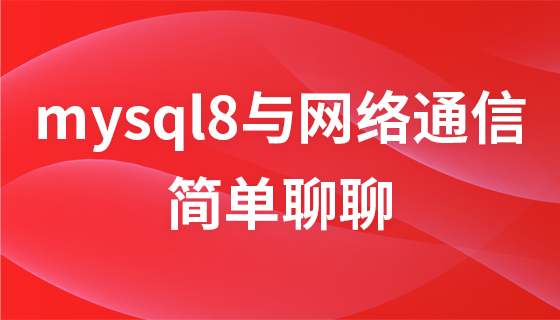
- 简单聊聊mysql8与网络通信
- 如有问题加微信:Le-studyg;在课程中,我们将首先介绍MySQL8的新特性,包括性能优化、安全增强、新数据类型等,帮助学生快速熟悉MySQL8的最新功能。接着,我们将深入解析MySQL的网络通信机制,包括协议、连接管理、数据传输等,让
- 立即学习 500次学习
-
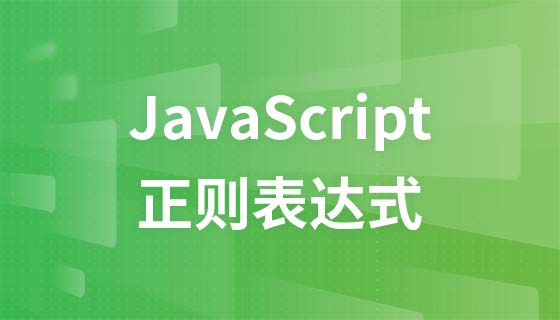
- JavaScript正则表达式基础与实战
- 在任何一门编程语言中,正则表达式,都是一项重要的知识,它提供了高效的字符串匹配与捕获机制,可以极大的简化程序设计。
- 立即学习 487次学习
-
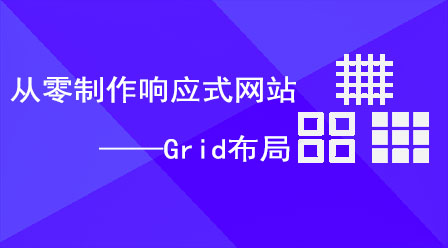
- 从零制作响应式网站—Grid布局
- 本系列教程将展示从零制作一个假想的网络科技公司官网,分为导航,轮播,关于我们,成功案例,服务流程,团队介绍,数据部分,公司动态,底部信息等内容区块。网站整体采用CSSGrid布局,支持响应式,有流畅过渡和展现动画。
- 立即学习 485次学习
